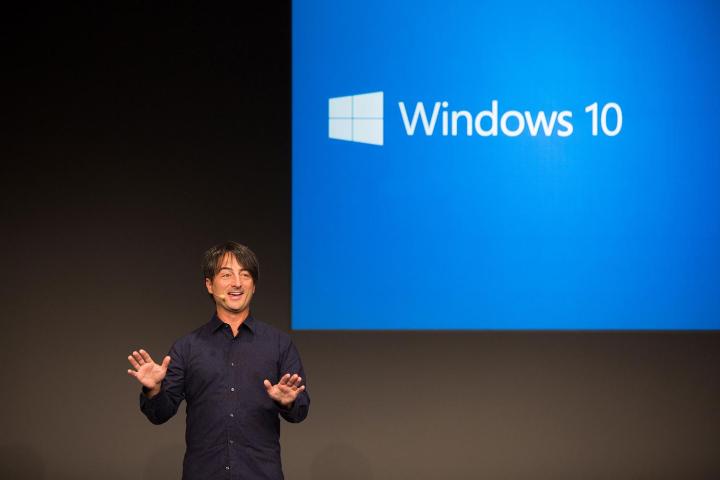
Recently, Microsoft updated the “Get Windows 10” pop up window with text that reads, “Enjoy Windows 10 for $119 free!*” with the price clearly crossed out. With said pop up also featured in international versions of Windows 7 and Windows 8, it was easy to learn the price of the Home edition of Windows 10. First, in the UK, it looks like the price is going to be £99.99. Over in countries where Euros are the currency of choice, the price looks like it’s going to be €135, as reported by Spain-based Microsoft Insider.
For comparison, as of this writing, £99.99 is about $155, and €135 is about $150. Prices in Europe are higher than the US, regardless of conversion rate.
A key thing to point out is that there’s an asterisk pointing to text that reads, “Estimated retail price of Windows 10 Home licence; actual prices may vary.” With that in mind, the prices reported might change when the latest version of Windows hits the market, though it’s likely that any changes in the price will be fairly small, and we expect that it will release in this price range.
Another interesting thing to note is that the prices advertised here are equivalent to a Windows 8.1 licence, so it looks as though Microsoft is keeping its OS in the same price region as buyers are accustomed to.
Editors' Recommendations
- Scores of people are downgrading back to Windows 10
- Windows 11 tips and tricks: 8 hidden settings you need to try
- Microsoft announces a new threat to push people to Windows 11
- Windows 11 vs. Windows 10: finally time to upgrade?
- Microsoft’s next event could reveal the Surface Pro we’ve been waiting for

